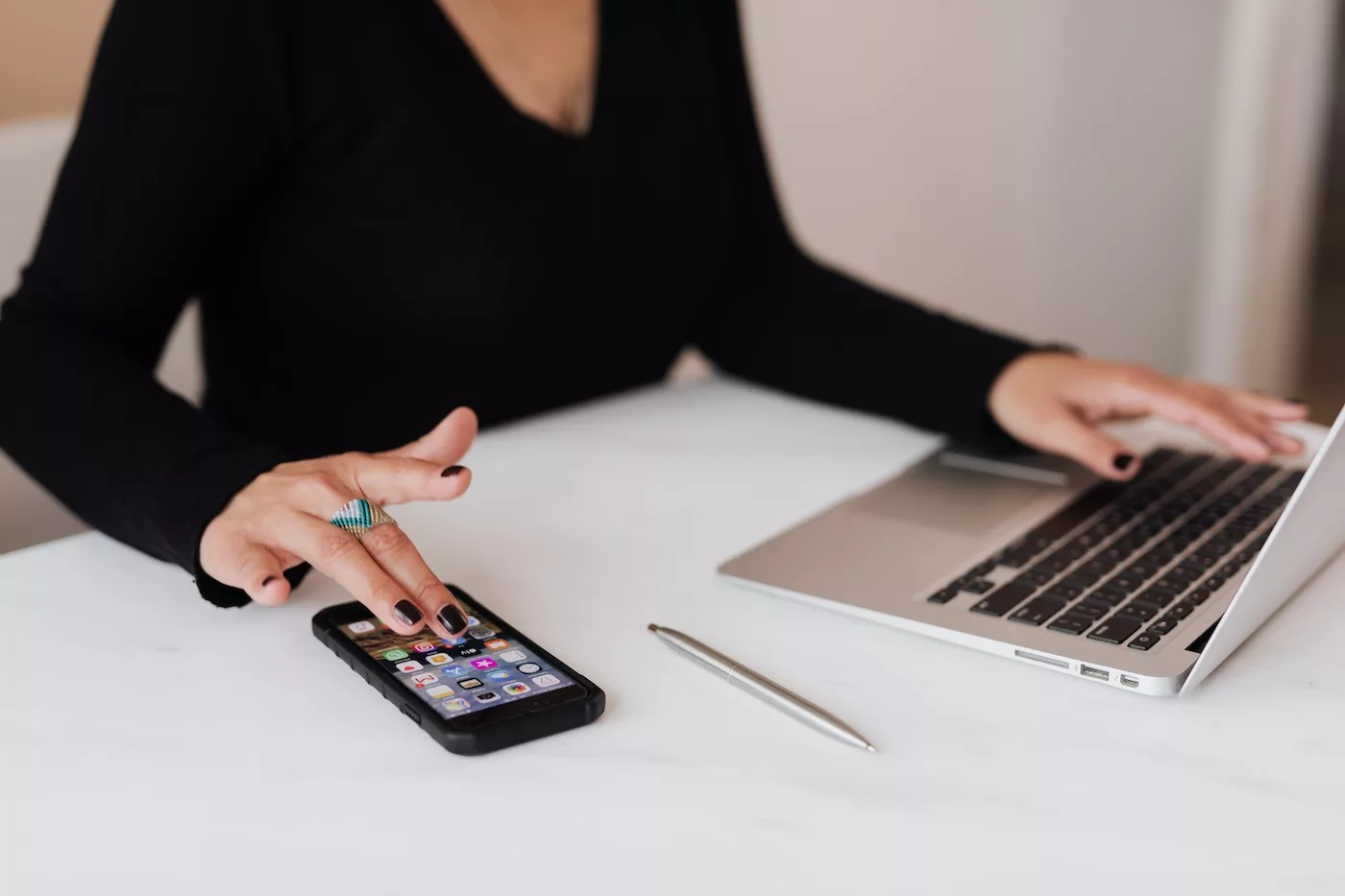While multi-tasking is often celebrated as a key to productivity, recent studies challenge this notion, unveiling the significant advantages of single-tasking. In this guide, we delve into how embracing focused work can dramatically enhance your efficiency and output.
The Myth of Multi-Tasking
We all pride ourselves on multi-tasking, but this widely accepted productivity strategy has been debunked by recent research. Far from being an effective approach to handling tasks, multi-tasking often leads to a decrease in quality and an illusion of efficiency. It provides a temporary dopamine hit of emotional satisfaction without real productivity gains.
The Drawbacks of Multi-Tasking
When attempting to juggle multiple tasks, the quality of work inevitably suffers. Picture trying to write a proposal while simultaneously engaging in a phone conversation. The result? You either miss critical details of the conversation or your proposal lacks coherence and flow, impacting your ability to express ideas effectively.
Single-Tasking for Better Results
Contrast this with a single-tasking approach. By pausing your proposal to fully engage in the phone call, then returning your complete focus to the proposal, you achieve a more productive call and a well-articulated document. Surprisingly, this focused method often takes no more time than multi-tasking but with reduced stress and higher quality outcomes.
Maximizing Performance with Single-Tasking
Effective single-tasking involves dedicating uninterrupted time to one project. Allocate, for instance, an hour of undisturbed work followed by a well-deserved break. The length of this break should correspond to the mental effort required: more demanding tasks warrant longer breaks. Engage in activities vastly different from your work during these breaks, like a short walk or listening to music, to rejuvenate your mind.
Tips for Productive Single-Tasking:
- Eliminate Distractions: Turn off your phone, close your door, mute your smartwatch, and shut down any distracting applications.
- Use a Block Calendar: Organize your day into 15-minute blocks, prioritizing essential tasks. My most productive periods involved a meticulous block calendar, scheduling time for focused work, exercise, and relaxation.
- Experiment with the Technique: Try single-tasking for a week and observe the difference it makes in your productivity and stress levels.
Single-tasking is not just a method but a mindset shift towards productivity. By focusing on one task at a time, you can achieve more with less stress. Have you tried single-tasking? Share your experiences in the comments or reach out for more insights on enhancing productivity.

